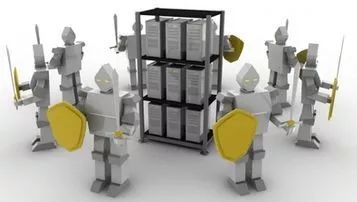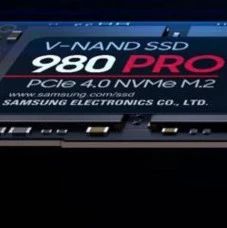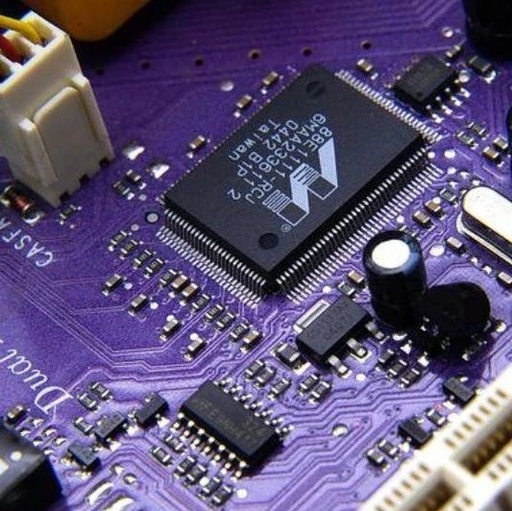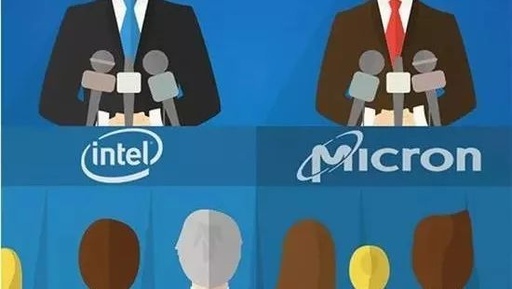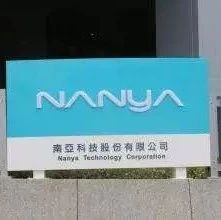How to Prevent Data Loss During Sudden Power Loss in ARM Systems?
From the small-scale power cycling and reset during controller debugging to the large-scale unforeseen shutdowns of power networks, every situation constantly tests the reliability of devices. High-end and complex control systems particularly highlight engineers’ attention to detail in their response mechanisms and protective measures against sudden power loss. NAND Flash/eMMC (NAND Flash with a Flash … Read more
